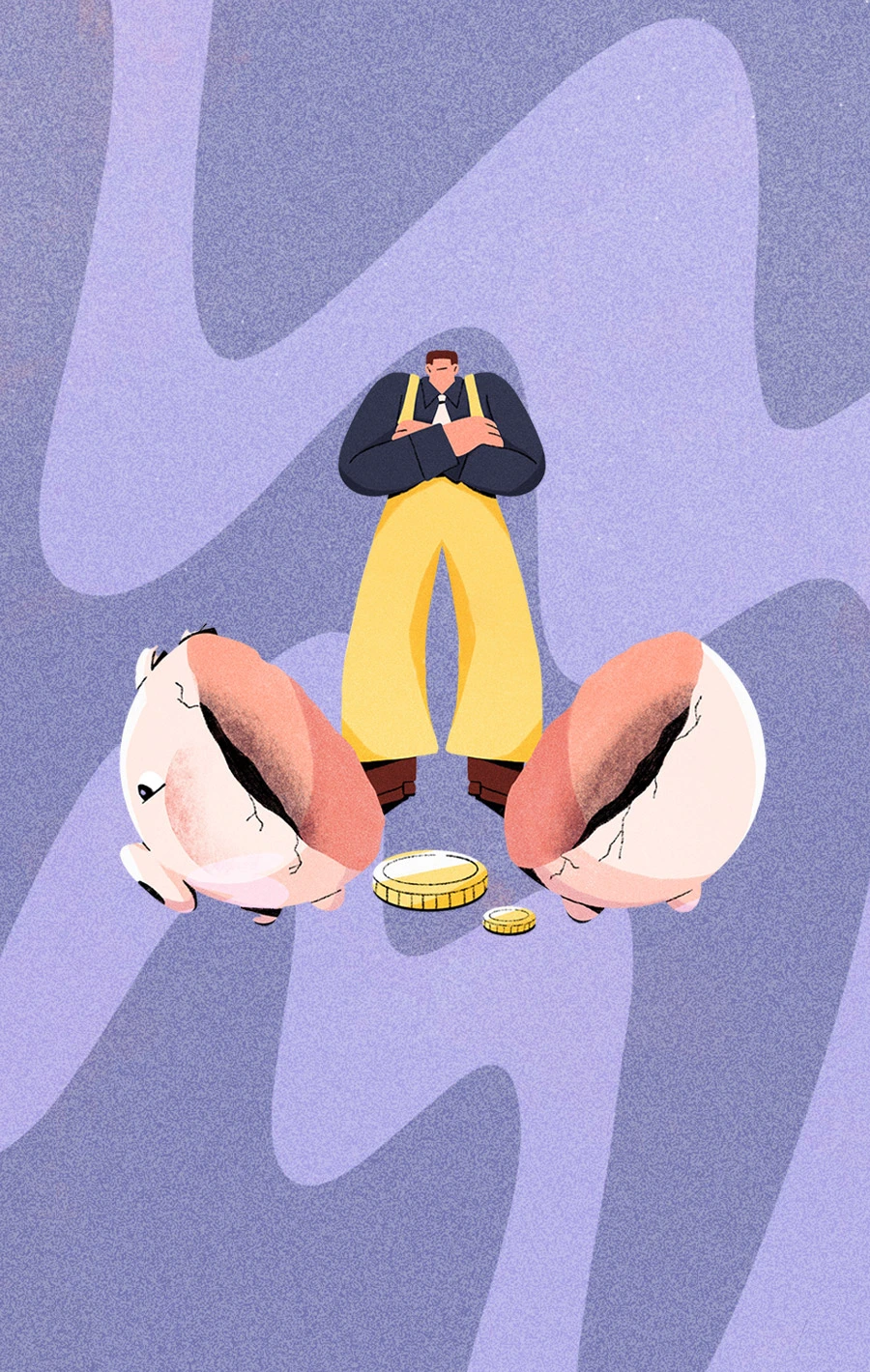Private Student Loan Income-Based Repayment: What You Can (and Can’t) Do
Updated on October 16, 2025
There’s no such thing as income-based repayment for private student loans. Programs like IBR, ICR, SAVE, and PAYE exist only for federal loans. Private lenders don’t offer automatic forgiveness or income-driven payment caps, but some have hardship or modification programs that temporarily lower payments.
Why Income-Based Repayment Doesn’t Exist for Private Loans
Income-based repayment doesn’t exist for private loans because banks aren’t in the business of social policy—they’re in the business of making money.
Related: Sallie Mae Income-Based Repayment Options
The federal government created IBR and other income-driven plans as a safety net for borrowers who can’t afford standard payments. They’re not just repayment programs—they’re policy decisions. The government decided that if borrowers are struggling, it’s better to cap payments and forgive what’s left after 20 or 25 years than to let people default.
Private lenders don’t have that obligation. Their goal is to earn a return on their investment, not to subsidize struggling borrowers. That’s why their repayment options are based on contract terms, not income or hardship. You can ask for help, and some lenders offer temporary relief, but it’s voluntary—not guaranteed by law.
What Private Lenders Offer Instead
Although private lenders don’t offer income-based repayment, they do have short-term relief programs if you’re struggling to make payments. These can include temporary forbearance, interest-rate reductions, or interest-only payments for a few months. They’re designed to help you through a rough patch—not to solve a long-term affordability problem.
If you need something more permanent, refinancing is the main option. It replaces your existing loans with a new one, ideally at a lower rate or with a longer term to reduce the monthly payment. Whether you qualify depends on your credit, income, and balance size. Refinancing can help if you’re in good standing and have strong credit; it’s harder if you’re behind or already in default.
When refinancing isn’t possible and you can’t keep up with payments, the next stage is usually default, lawsuits, or trying to negotiate a settlement. In some cases, student loan bankruptcy may be the only remaining path to relief.
If You Can’t Afford Payments
When you’ve exhausted temporary relief and can’t qualify to refinance, your options narrow quickly. Once a private loan falls behind, interest, late fees, and collection costs pile on. Lenders can file lawsuits—and most do, especially for higher balances.
At that point, the realistic paths forward are negotiating a settlement or pursuing private student loan bankruptcy. Settlement usually means offering a lump sum or structured payment worth less than the full balance—often 40–60%, depending on the lender and how long you’ve been in default. Bankruptcy takes longer but can eliminate the debt if you meet the legal standard for undue hardship.
Neither route is simple, but both are real relief options when repayment isn’t possible. What matters most is timing—acting before a judgment or wage garnishment limits your choices.
Related: What Happens If You Default on Private Student Loans








